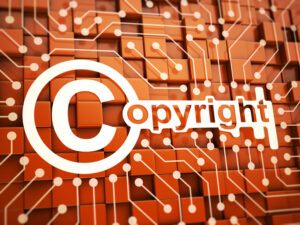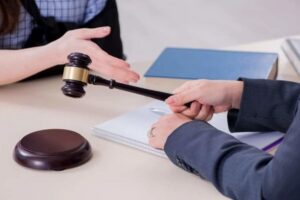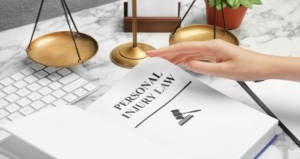
Fair Use is the term that is used to describe the right to use copyrighted materials for a few purposes. These purposes might be for criticism, for commenting, news reporting, for teaching, for education or for research. To determine what is fair use, it really depends on the purpose the copyrighted work was used, and if it was for a commercial or for a nonprofit, educational situation. It also depends on the potential market value of the item that is copyrighted and whether or not the use of the work would affect the income or value of the work to the original copyright owner.
The law was created to help people use part of a piece of work from someone else, in order to use it for researching, education purposes, etc., as described. Mostly, you have to consider the damage you could be doing to the copyrighted work if you do use it. For example, copying an entire magazine article and pasting it online by itself would be viewed as an infringement of copyright. If you were to take portions of the article, or use the displayed article to review it or use it in a parody or to make comments on it, that might be acceptable.
Again, it really depends on if what happens to the work will actually harm the value of the work. If someone is making an income off of selling a photograph, and you take the photo and post it on your blog for free without buying the rights, and you could use it in a parody or in a format of research, but if there is a loss of income due to you using that photo, you could still get into trouble. While facts and ideas can’t be copyrighted, the expression and the way the sentences or words or images are put together are copyrighted. So you’ll need to recheck out your use of facts as well and make sure you are not violating any copyrights by using them. If you are ever in doubt, ask someone else, or especially ask the original author if you can have permission.










